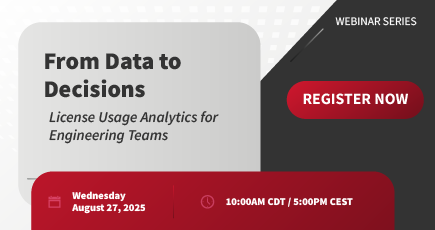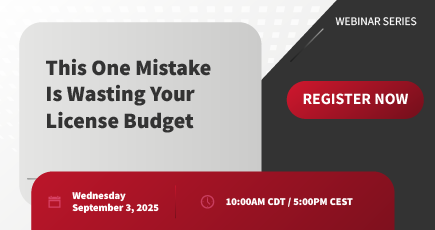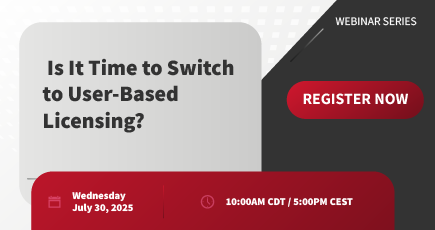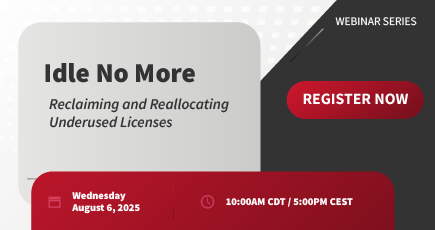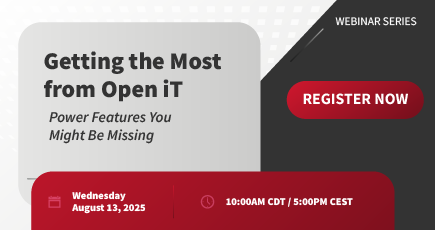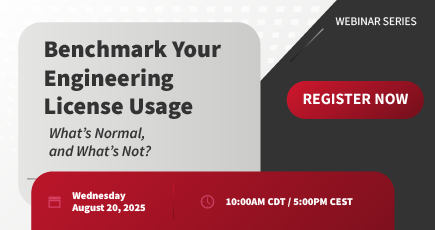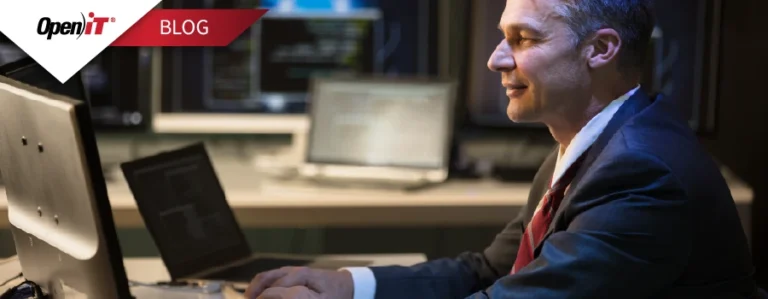The rapid evolution of applications in the engineering-driven sector is changing the task of the software asset manager from being the guardian of compliance and gatekeeper for license requests to a more analytical role focusing on the optimization of resources.
If you’re a software asset manager still working from static spreadsheets and annual audits, you’re already behind. Modern license management is dynamic, data-driven, and deeply tied to business outcomes.
Today, AI adoption, hybrid cloud deployments, SaaS sprawl, and decentralized IT have erased the clear boundaries of yesterday’s software ecosystems. License models shift rapidly. Usage spikes unpredictably. Procurement is decentralized and shadow IT is everywhere.
DEMO: Move from Spreadsheets to Strategy!
AI Redefines the Software Asset Manager
In AI-driven engineering, workloads move at warp speed. GPU clusters for simulation, AI-as-a-Service for predictive maintenance, and ML platforms for design optimization all create usage patterns that change in hours, not months.
For modern software asset management teams, this means:
- License management must be predictive, not reactive.
- Software inventory needs updates in near real-time.
- Even short-lived AI workloads must be tracked in compliance monitoring to avoid audit risks.
With AI investments accelerating, any delay in asset tracking can mean overspending or a compliance breach. Only SAMs armed with intelligent monitoring and predictive analytics can keep pace with engineering AI adoption.
Hybrid Cloud and SaaS Sprawl: The Engineering Visibility Crisis
Picture an aerospace manufacturer running CAD on-premises, simulation in a private cloud, and AI analytics in a public cloud — while engineering teams spin up SaaS tools without IT’s blessing.
Without accurate and granular visibility into software inventory and proactive asset tracking, organizations face:
- Idle licenses at one site while another struggles to get access
- Redundant SaaS subscriptions bloating costs
- Compliance monitoring that catches problems too late
Hybrid environments also complicate vendor management, as contracts often include different usage metrics for on-prem, private cloud, and public cloud licenses. Without a unified software inventory, contract negotiations can be based on partial or outdated data, leading to unfavorable terms.
AI-enabled software asset managers can bring order to this chaos — consolidating consumption data from every environment into a single source of truth. This unified view powers precise cost optimization and governance without slowing down project milestones.
Decentralized IT: Compliance Without Bottlenecks
In high-stakes sectors like energy and defense, engineers need autonomy to test and deploy tools quickly. But decentralized provisioning is fertile ground for licensing breaches.
Embedding compliance monitoring directly into automated workflows catches unlicensed installs, unauthorized integrations, and contract violations early — before they derail critical work.
SAM teams are no longer just an enforcer. They are an enabler, ensuring governance is seamlessly woven into workflows from the R&D lab to the field site.
This balance between control and flexibility is where modern license management platforms shine. By integrating asset tracking into provisioning systems, SAMs can approve, track, and reallocate licenses instantly — giving engineering teams the tools they need while safeguarding compliance.
From Monitoring to Strategic Partner
The modern software asset manager doesn’t just watch usage — they drive outcomes. They:
- Lead vendor management negotiations with data-backed insights.
- Achieve cost optimization through license reallocation and smarter contracts.
- Align license management with innovation roadmaps and compliance goals.
In industries where software is critical to safety, speed, and design quality, this transition from operational support to strategic influence is a competitive differentiator.
SAM teams that align closely with engineering leadership can forecast future license demand based on project pipelines. This not only avoids costly shortages but also strengthens bargaining power during vendor management cycles.
Open iT: Powering Today’s Software Asset Managers
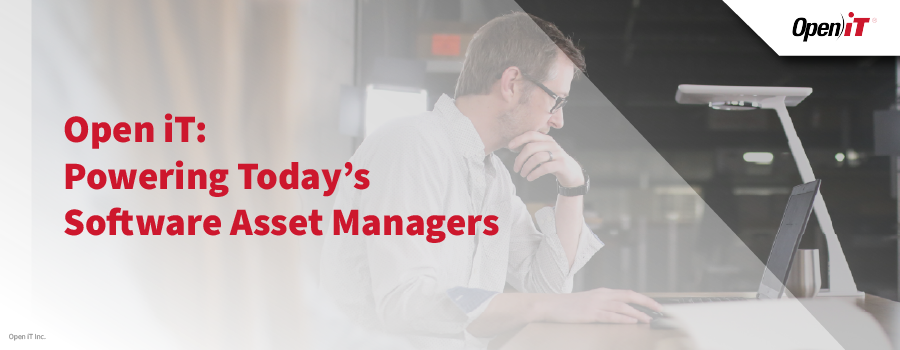
Open iT equips software asset managers with precise, actionable intelligence to manage complex license environments efficiently:
- Real-time asset tracking across hybrid, multi-cloud, and decentralized environments, ensuring accurate utilization data for every license, regardless of location.
- Automated compliance monitoring to detect potential breaches early and prevent costly audit penalties.
- Centralized software inventory for complete visibility into all deployed assets, enabling faster decision-making and cleaner data for reporting.
- Predictive analytics—enhanced by targeted AI algorithms—to forecast license demand based on historical usage patterns and operational trends.
- Actionable cost optimization insights to right-size license pools, identify underutilized resources, and align spend with actual business needs.
- Data-driven vendor management to strengthen negotiations with verifiable usage evidence and accurate demand forecasts.
Open iT’s role isn’t just to report on what happened—it helps software asset managers anticipate future needs, reduce waste, and make investment decisions backed by real data.
This isn’t about yesterday’s usage reports. It’s about anticipating tomorrow’s needs and making smarter moves faster.
Skills for the AI-Driven Engineering SAM
The most effective software asset management experts blend:
- Data literacy to interpret AI-driven analytics.
- Business acumen to link licensing to cost, schedule, and compliance.
- Collaboration skills to align IT, procurement, finance, and engineering.
In AI-heavy environments, these capabilities put the SAM role squarely at the intersection of governance, operations, and innovation.
With AI-ready SLM platforms, SAM teams ensure every software investment drives innovation while minimizing risk.
For energy, AEC, manufacturing, aerospace, and defense, this isn’t just IT governance — it’s operational excellence with bottom-line impact.
From Reactive Reports to Proactive Strategy
In the AI era, waiting for quarterly usage reports is like navigating a city with last year’s map. Open iT equips SAMs with a continuous flow of high-resolution usage data, enhanced by machine learning models that detect inefficiencies, forecast demand, and uncover software inventory risks before they become problems.
Instead of scrambling to address overages or defend against a surprise audit, asset managers can proactively align license management with strategic business goals—reducing waste, securing compliance, and maximizing ROI.
The result is a shift from firefighting to forward planning, where compliance monitoring, asset tracking, and cost optimization are seamlessly integrated into day-to-day operations.
Get in touch with Open iT to see how software asset managers can excel in today’s AI-driven IT landscape.
Move from Spreadsheets to Strategy—See SAM Intelligence in Action.
